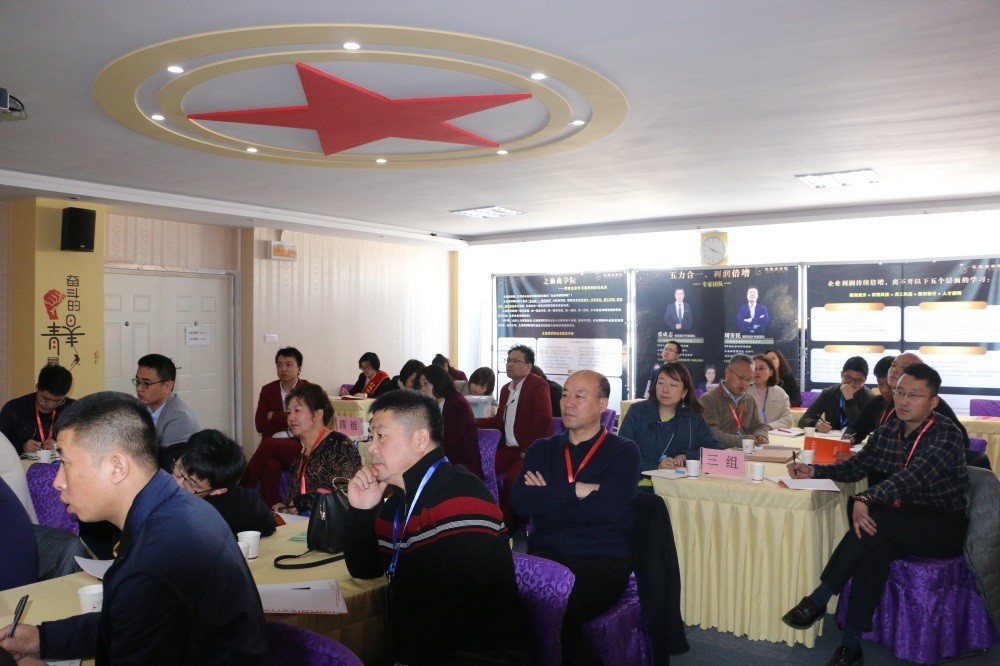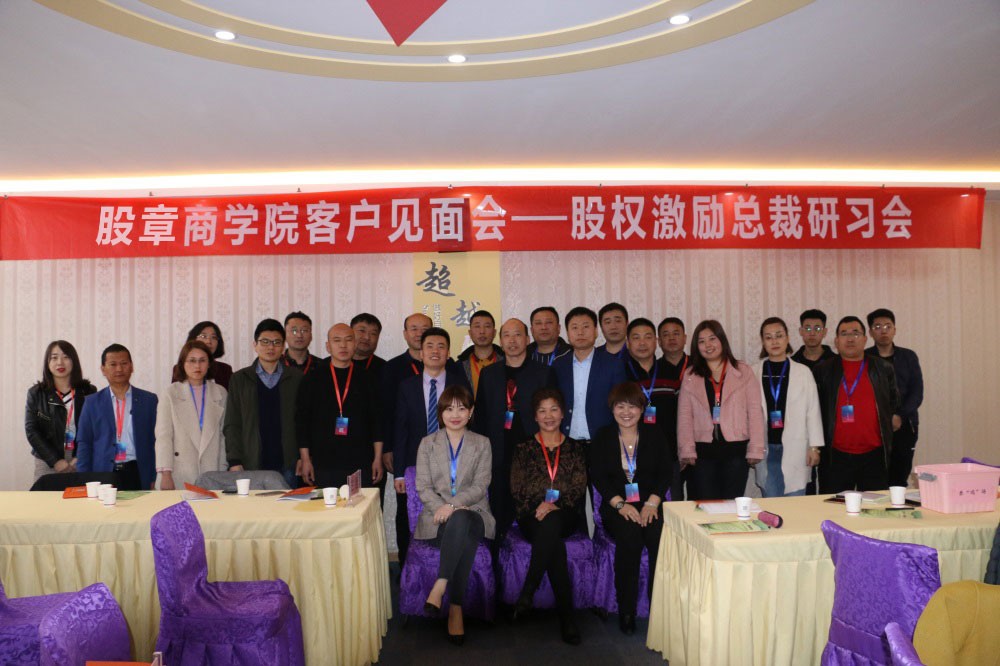得股權者得天下,創始人做大做強企業,越來越離不開與之相匹配的股權頂層架構。
濟南頂層架構設計時需要準確把握以下6個原則:
Those who obtain equity gain the world, and founders become bigger and stronger enterprises, increasingly inseparable from the matching top-level structure of equity. When designing the top-level architecture in Jinan, it is necessary to accurately grasp the following six principles:
01
01
風險隔離原則
Risk isolation principle
風險隔離原則是指企業股權頂層架構設計需要實現企業風險與股東個人風險相互隔離的效果,這是企業創始人進行股權架構設計非常基本、非常重要的原則。
The principle of risk isolation refers to the need to achieve the effect of mutual isolation between corporate risks and individual shareholder risks in the design of the top-level equity structure of enterprises. This is a very basic and important principle for the founder of enterprises to design equity structures.
02
02
創始人控制權原則
Founder Control Principle
先需要厘清“控制權”與“控股權”的區別。控制權指的是創始人推進企業按照自己制定的戰略方向發展的能力,控股權是指股東對企業占有控制性股權比例的一種狀態。隨著企業規模越來越大,企業創始人失去控股權比例幾乎是必然,但創始人失去企業控制權那可以說是創業失敗。
First, it is necessary to clarify the difference between "control right" and "controlling equity". Control refers to the ability of the founder to promote the development of the enterprise in accordance with their own strategic direction, while control refers to the state in which shareholders hold a controlling stake in the enterprise. With the increasing scale of the enterprise, it is almost inevitable that the founder of the enterprise will lose control of the proportion, but losing control of the enterprise by the founder can be considered a failure of entrepreneurship.
03
03
合伙人凝聚原則
Partner cohesion principle
合伙人凝聚原則是指股權頂層架構設計應當考慮到企業合伙人的利益平衡因素,為創始人團結合伙人、激發合伙人積極性提供架構便利。眾所周知,一個人走得快,一群人走得遠。
The principle of partner cohesion refers to the fact that the design of the top-level equity structure should take into account the balance of interests among business partners, providing structural convenience for founders to unite partners and stimulate their enthusiasm. As is well known, one person walks fast, while a group of people walk far.
04
04
員工激勵原則
Employee motivation principles
員工激勵原則是指企業股權頂層架構設計應當考慮到當前和未來企業員工激勵計劃,提前為企業員工激勵提供架構便利,降低員工激勵的成本和法律風險。
The principle of employee incentive refers to the fact that the top-level structure design of corporate equity should take into account current and future employee incentive plans, provide structural convenience for employee incentives in advance, and reduce the cost and legal risks of employee incentives.

05
05
融資便利原則
Financing convenience principle
融資便利原則是指企業股權頂層架構設計應為企業外部融資提供架構上的便利,增加融資成功率,降低融資成本。企業進行外部融資,外部投資人首先要看企業的股權結構是否合理。如果企業股權不合理,那投資人要么是直接取消投資意向,要么是要求企業調整股權架構。
The principle of financing convenience refers to the fact that the top-level structure design of corporate equity should provide structural convenience for external financing, increase the success rate of financing, and reduce financing costs. When an enterprise conducts external financing, external investors first need to consider whether the equity structure of the enterprise is reasonable. If the equity of the enterprise is unreasonable, investors either cancel their investment intention directly or demand that the enterprise adjust its equity structure.
06稅負優化原則
06 Tax burden optimization principle
股權與稅務就像是一對雙胞胎,有股權的地方幾乎都存在稅收因素,高端的稅務籌劃幾乎都離不開股權因素。股權頂層架構設計如果沒有充分考慮稅負因素,不能說是一個成功的設計方案。
Equity and taxation are like a pair of twins, where almost all places with equity have tax factors, and high-end tax planning can hardly do without equity factors. If the top-level equity architecture design does not fully consider tax burden factors, it cannot be considered a successful design solution.
The specific content of the 6 principles for designing the top-level equity architecture has been explained. We hope to be of great help to you. For more details, please come to our website http://www.yunjingwu.com.cn Consult!





 咨詢電話:
咨詢電話:

